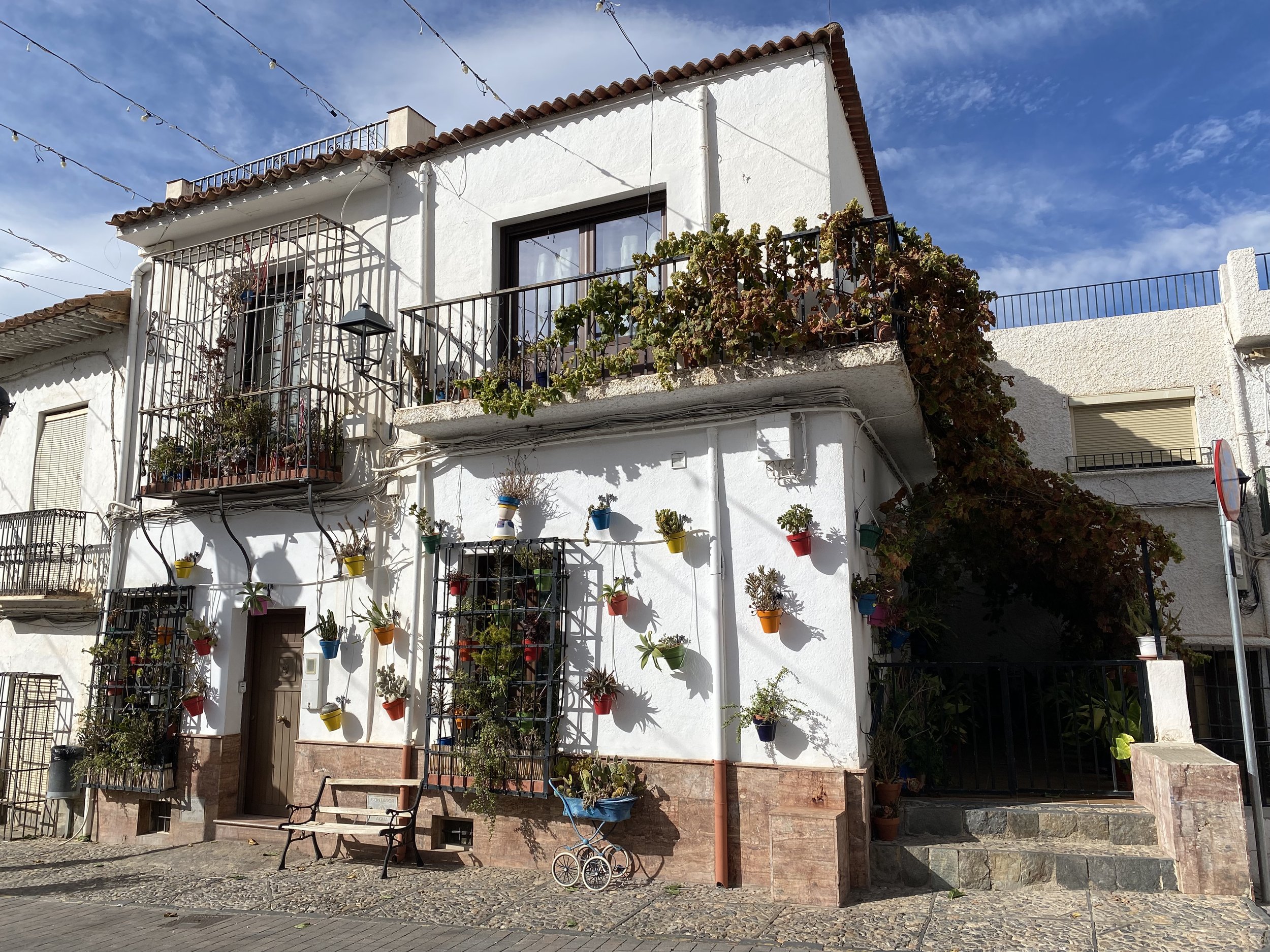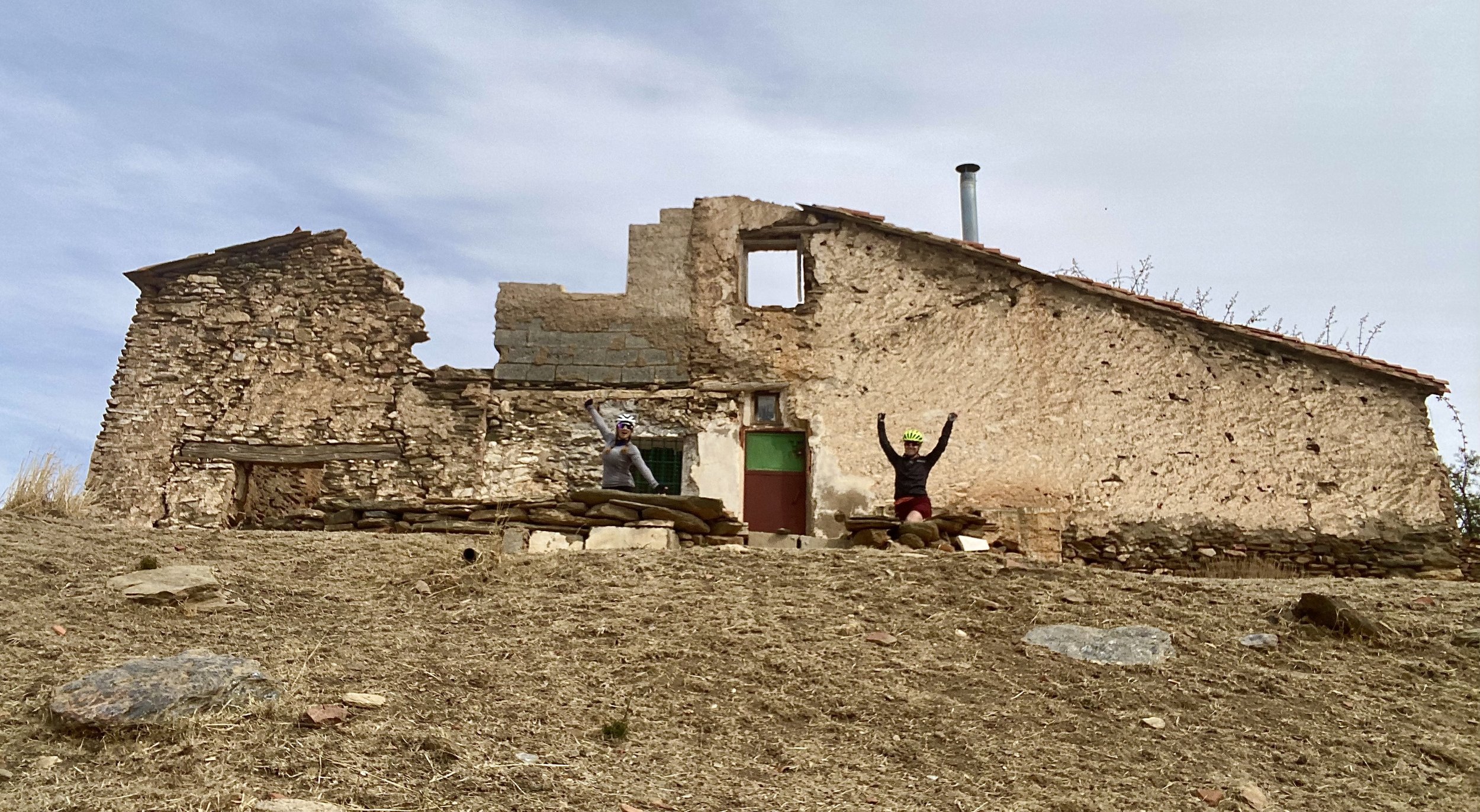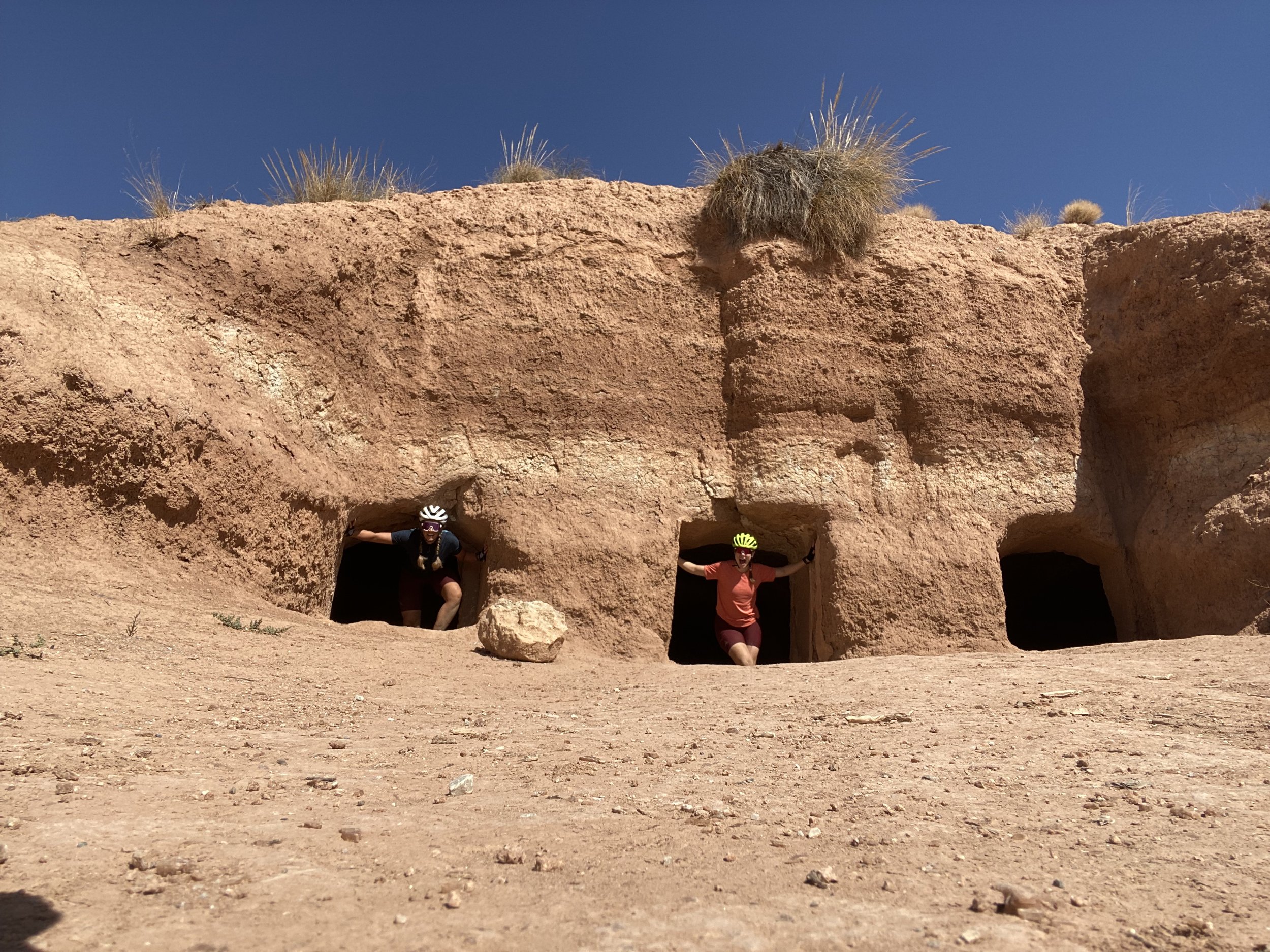Trans Rockies Classic: My next BHAG
550km and 15 thousand meters elevation. The Trans Rockies Classic (TRC) is a gruelling, 7 day, cross-country mountain bike stage race from Fernie to Panorama, BC. This race is no joke. It has been proclaimed one of the toughest mountain biking races anywhere, and is in the ranks with the TransAlp and La Ruta as the world’s most iconic stage races.
Sound amazing? I agree.
Oh, and incase you were wondering what a BHAG is: Big Hairy Audacious Goal
That’s why I am gunning to complete the TRC.
There are many disciplines I aim to become proficient in, just to have a chance of completing this race:
- Mountain biking skills, technical climbs, gnarly descends
- Bike legs for endurance riding (these are going to be 8 hour days)
- Endurance fitness for multiple stages (for 7 consecutive days!)
- Nutrition for single day and multi day events
- Bike maintenance (on and off the trail)
- Strength and power output
- Oxygen depravation training (V02 Max – or oxygen carrying capacity- will be affected at altitudes greater than 5000 feet, we will be climbing to 7000+ feet)
- Sports psychology and mental strength
- Training data interpretation (learning what to do with the heart rate and power data I am gathering while training)

I will be training for this race over a couple of years, and since I will obviously be gaining a wealth of knowledge during the process, I have decided to keep a blog, and share this knowledge with the world.
In future posts I will be covering what the race is, my riding partner, my training teams, details of my fitness regimen, and information I gather on the knowledge, skills, and tactics I am covering to complete this race.
Next TRC blog, why I choose my TRC partner, Kevin Fahlman.
We gathered just in front of the eternal flame without much fanfare. Though this journey would prove to be amongst the hardest things each of us had ever done, few will truly comprehend the odyssey of which we were about to embark. But our energy was palpable, even with the absence of customary start-line hoopla. With an obligatory start-line group photo and a few goodbyes, we were on our way.
Welcome to the final blog of this series. You made it! Good for you :)
It’s Friday morning, Day 7 in the south of Spain, and the final day of our bikepacking adventure. Today we plan to ride up and over the Sierra Nevada’s highest peak, Pico del Veleta, which stands an astounding 3398 meters above sea level, then descend down the north side back into Granada.
We packed up and got the bikes ready, a ritual now well established and tweaked only once to include the olive oil chain baths. Since discovering this messy but pleasantly scented ritual, Care Bear’s gears are now silent, though we were tempting fate having her continue riding with a loose cassette. But we were so close now, salvation lay waiting in Cadiar.
I glanced up as I hauled my bike out the front door. It would be clear skies and sun cranked to full throttle for our pass through Tabernas, Europe’s only true dessert (we haven’t actually been in a desert yet?!?!).“You know,” I noted “this is the first day since Day 1 that we both woke up in a good mood.”
Turning back was not an option, it would take too much time, and too much effort, especially for Jocelyne who was falling progressively more under the weather (my poor sick little Care Bear, this is all she needed). Plus we definitely did not have enough food now that I had lost our donuts. I was rapidly transcending into a floodgate for hysteria.
The caves pictures above are some of the oldest human settlements in south-western Europe. They date back to the Neolithic Period, approximately eight thousand years ago. These cave sites, and their remnant artifacts have shed valuable inside on life during the prehistoric period in Spain. The caves are built into limestone cliffs, creating a natural shelter for humans and livestock. However, the arid climate, sparse rainfall, and persistent erosion cumulated into an inhospitable agricultural climate, and the economic consequences forced the settlers to move on decades ago. All that remain are the crumbling shells of what once was someone’s home. We saw them everywhere.
For seven days we would be traveling only by bike through the deserts in the south of Spain, hauling our gear more than 600km and 1.5X the elevation of Mount Everest, mostly on unpaved surfaces. Neither of us speak the language, or had done anything quite like this before. For some reason Jocelyne thought this was a great idea.
Back on the National Geographic Explorer, the staff organized an iceberg pareidolia contest. Rules were simple:, take a photo of an iceberg you think looks like something, then submit it to the staff with a creative title of your choosing. The contest allowed for two categories, one permitting photo manipulation with words or simple drawings, the second must be a stand alone shot. I entered the first category, Will entered the second….









Destination: Benalua Distance: 97km, elevation gain: 2080meters, surface: 62% unpaved
We woke having to already adjust our intentions for the day. Our first day in the saddle was big, and we were unsure how long it would take to reach our next hotel. Plus we ran out of time the previous night to test ride the bikes and gear for any unseen airline damage. What we intended was an early start, giving us the most possible daylight hours for riding. But what we did was fall asleep having wrongly assumed the combination of jet lag and nervous anticipation would guarantee a restless night and inevitable early morning, so we chose not to set an alarm. That was unfortunate.